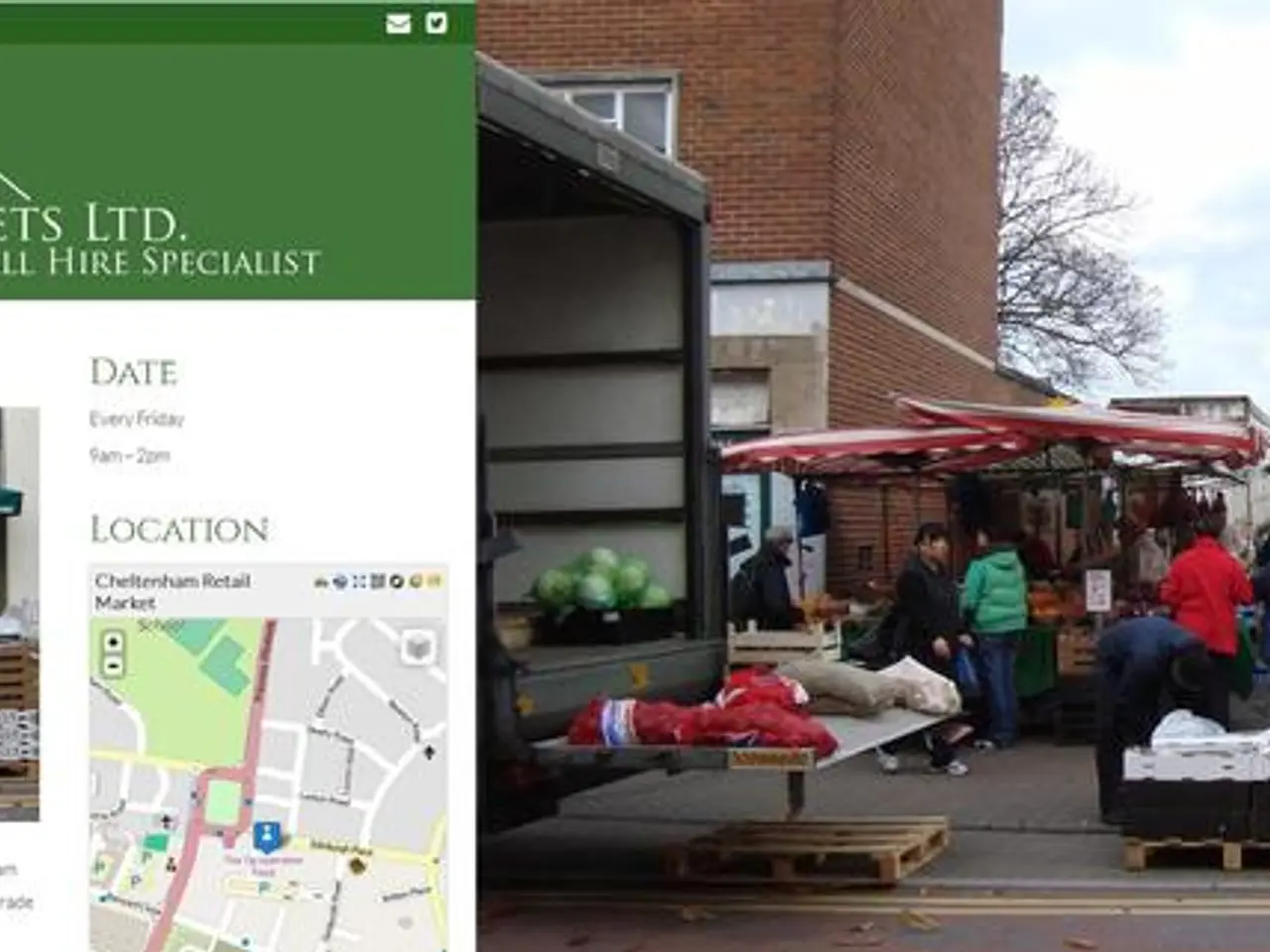Okta launches Custom Admin Role feature for Identity Threat Protection, enhancing security with the aid of Okta AI.
In a move to enhance security and reduce risks, Okta has expanded its custom admin roles within its Identity Threat Protection (ITP) solution. This update allows organizations to create specific roles tailored to Identity Threat Protection management, without relying solely on Super Admin privileges.
Okta Identity Threat Protection with Okta AI
Okta ITP, an advanced AI-driven security solution, continuously monitors user authentication patterns, device behaviors, and contextual risk signals to detect and mitigate identity-based cyber threats in real time. It can identify session anomalies, AI-powered phishing attempts, and suspicious activities, and automatically enforce adaptive responses such as step-up authentication or blocking high-risk access attempts. Its integration with Okta Workflows enables automated, policy-driven threat response actions like account deactivation, multi-factor authentication enforcement, and alerting security teams, creating a dynamic and proactive defense system for identity security.
Custom Admin Roles for More Granular Control
With the extension of custom admin roles within ITP, Okta allows for a more granular assignment of admin permissions. This fine-grained control includes session recording, approval workflows, and the ability to impose restrictions reflecting least privileged access principles. By defining custom admin roles, organizations can limit what actions admins can perform, ensuring tighter governance and auditability within the identity threat protection framework and overall security posture.
The custom admin role for Identity Threat Protection administrators includes permissions for deactivating users, suspending users, clearing users' sessions, managing users' risk, viewing groups, viewing applications, viewing delegated flows, managing Shared Signals Framework (SSF) receiver streams, and managing policies. However, it does not allow the configuration of Universal Logout for an app, nor does it provide access to the user's profile or devices.
Resource Sets for Scope and Control
Custom Admin Roles can be scoped to specific sets of data through Resource Sets. Two new resource types have been added: one for Identity Threat Protection data and another for Shared Signals Framework (SSF) receiver streams. This allows for the definition of appropriately permissioned administrators and improves the precision of administrative access.
This enhancement improves security and reduces risks by enabling the precise allocation of administrative responsibilities, ultimately leading to a more secure Okta deployment. For a detailed comparison of role permissions for different admin roles, consult the product documentation.
In conclusion, the extension of custom admin roles within Okta's Identity Threat Protection solution provides organizations with the ability to create specific roles tailored to Identity Threat Protection management. This allows for a more secure deployment by enabling granular control over admin permissions and improving governance within the identity threat protection framework.
- The expansion of custom admin roles within Okta's Identity Threat Protection (ITP) solution allows for a more secure integration of technology, as it promotes a proactive defense system for identity security.
- Okta's ITP solution, which includes access management features, continuously monitors user activities to mitigate identity-based cyber threats, and with custom admin roles, organizations can specify permissions for Identity Threat Protection administrators, thereby enhancing security.
- The addition of Resource Sets allows for the scoping of custom admin roles to specific sets of data, improving the scope and control of administrative access within the finance and sports sectors.
- By defining custom admin roles that cater to Identity Threat Protection management, organizations can ensure better security, workforce governance, and auditability, ultimately leading to a more secure work environment and reduced risks.




